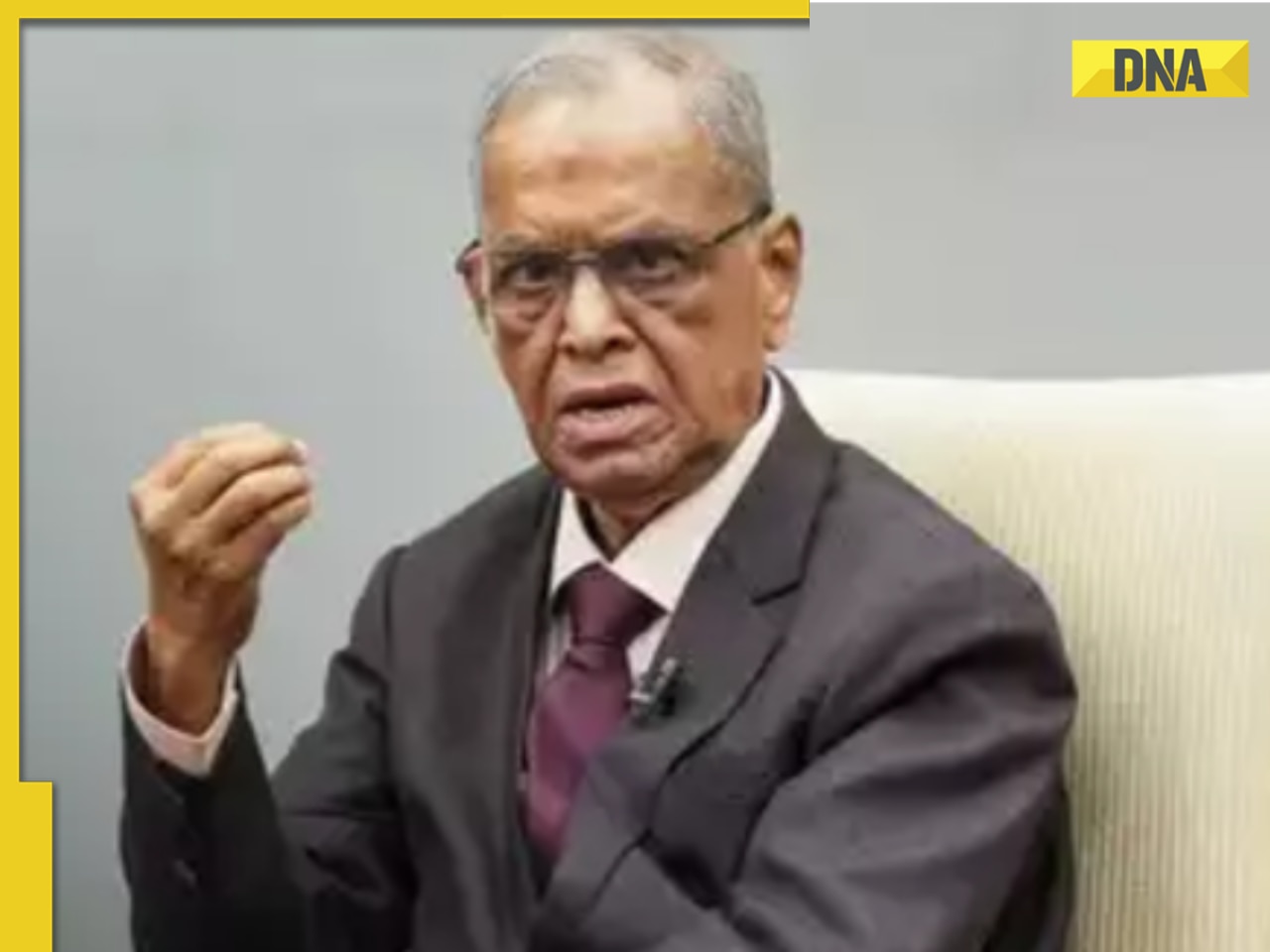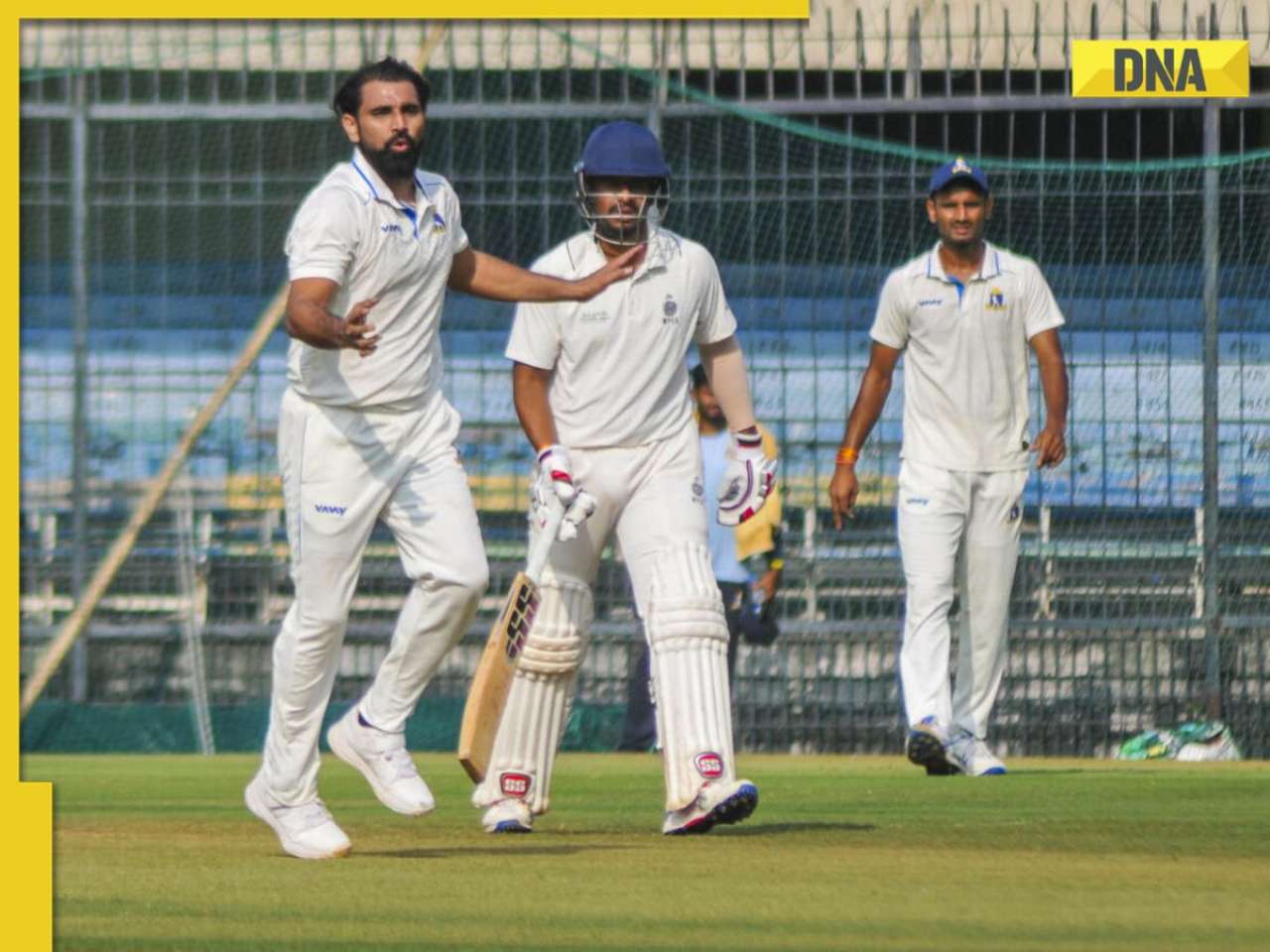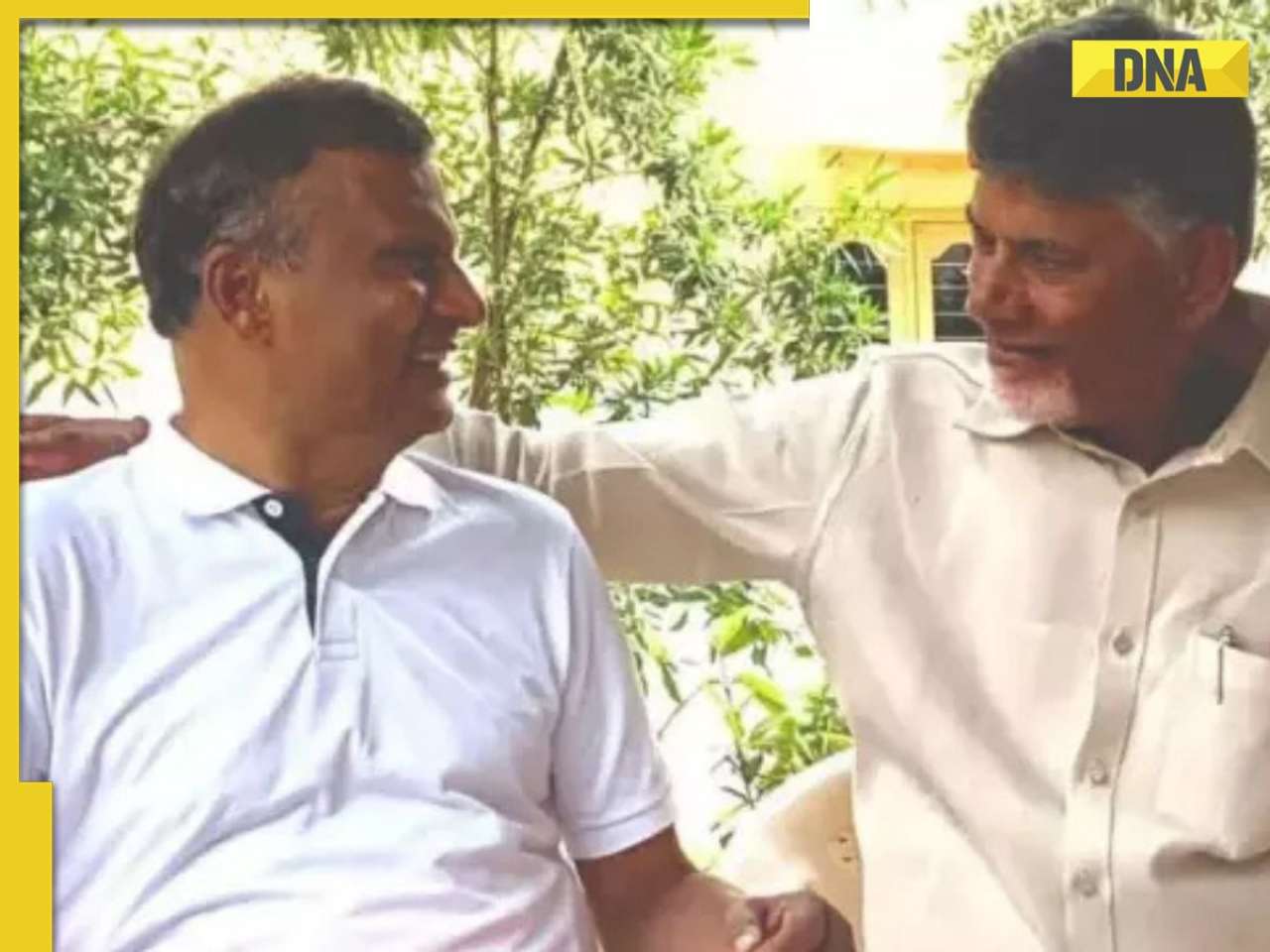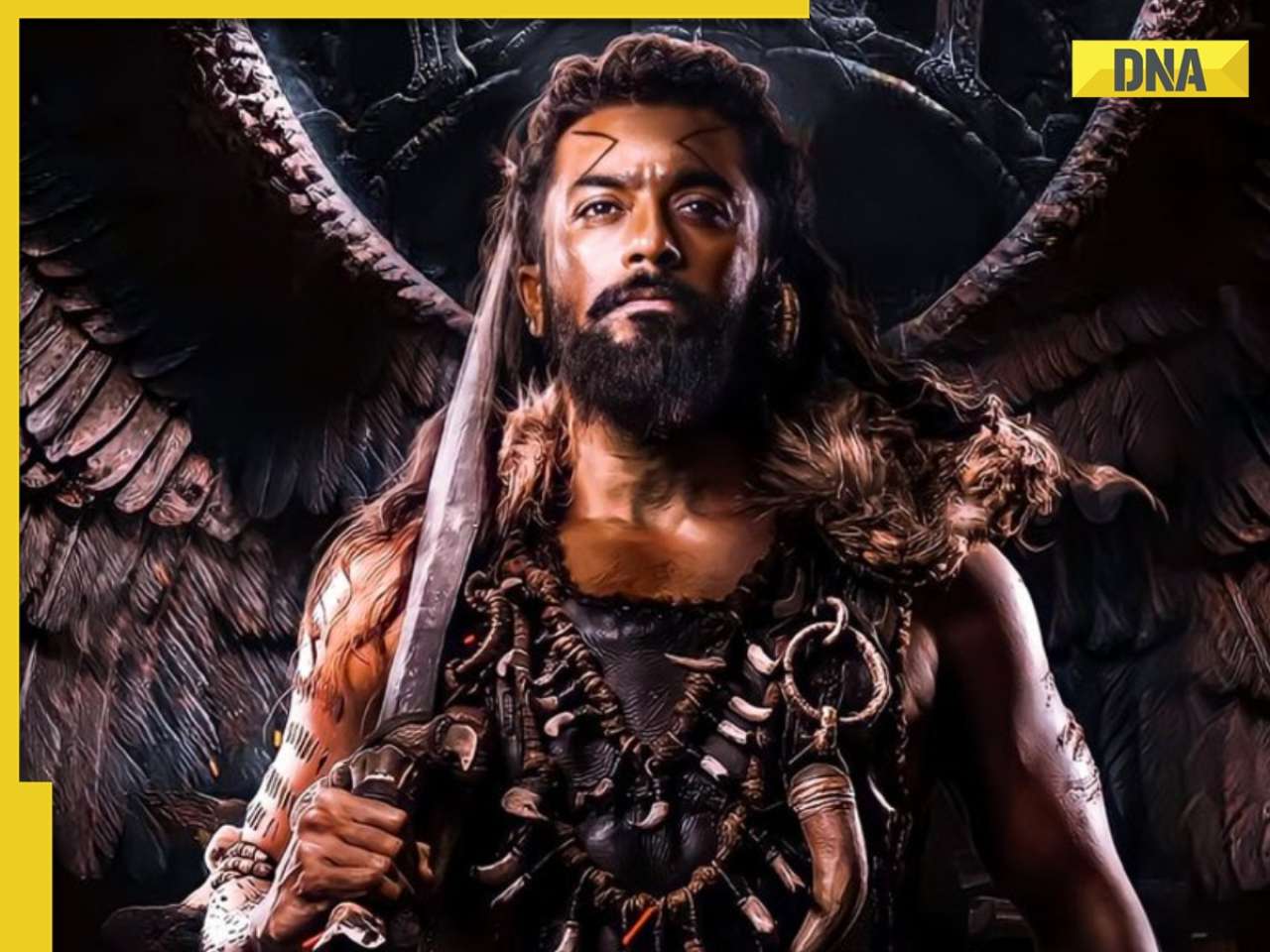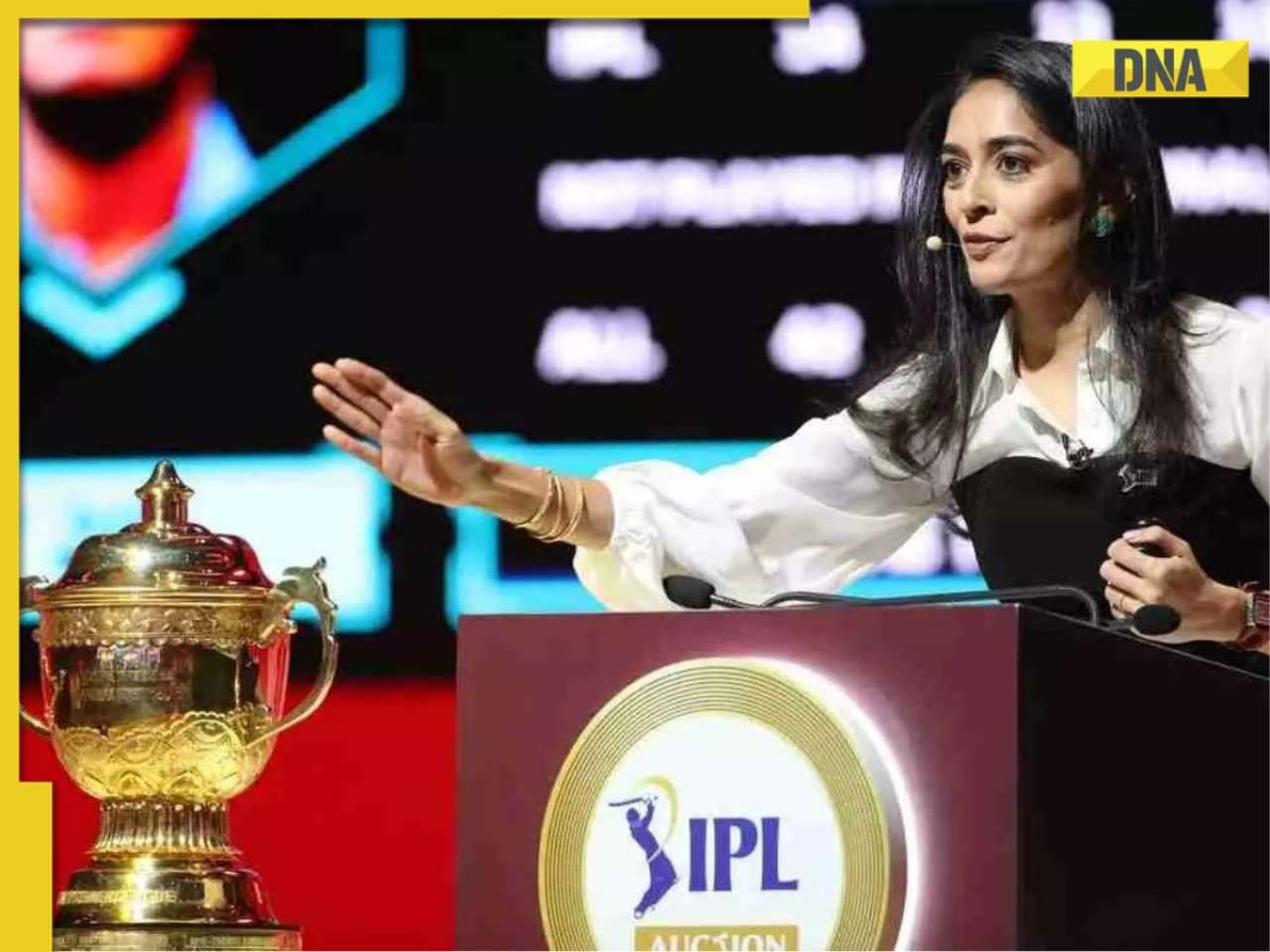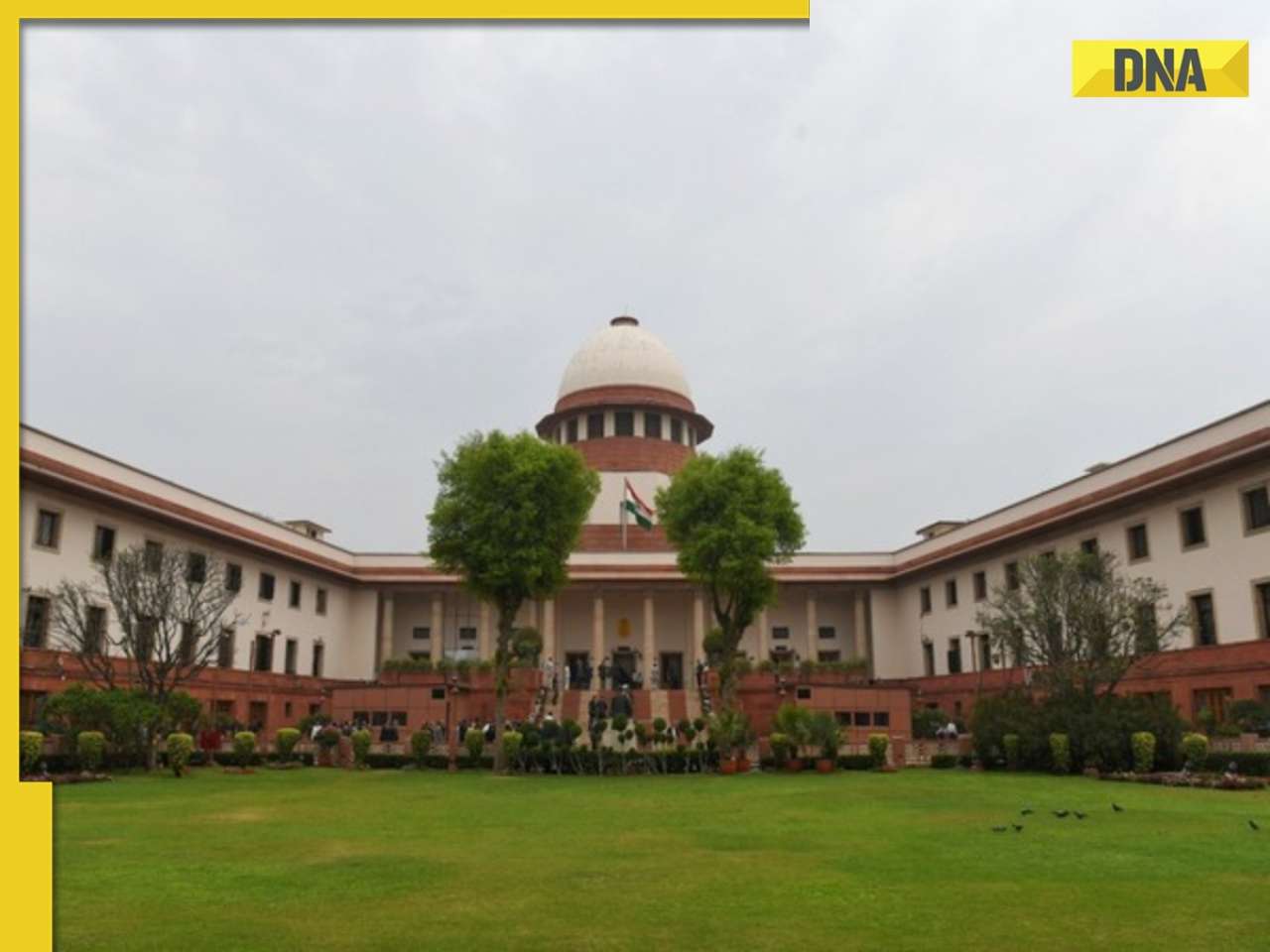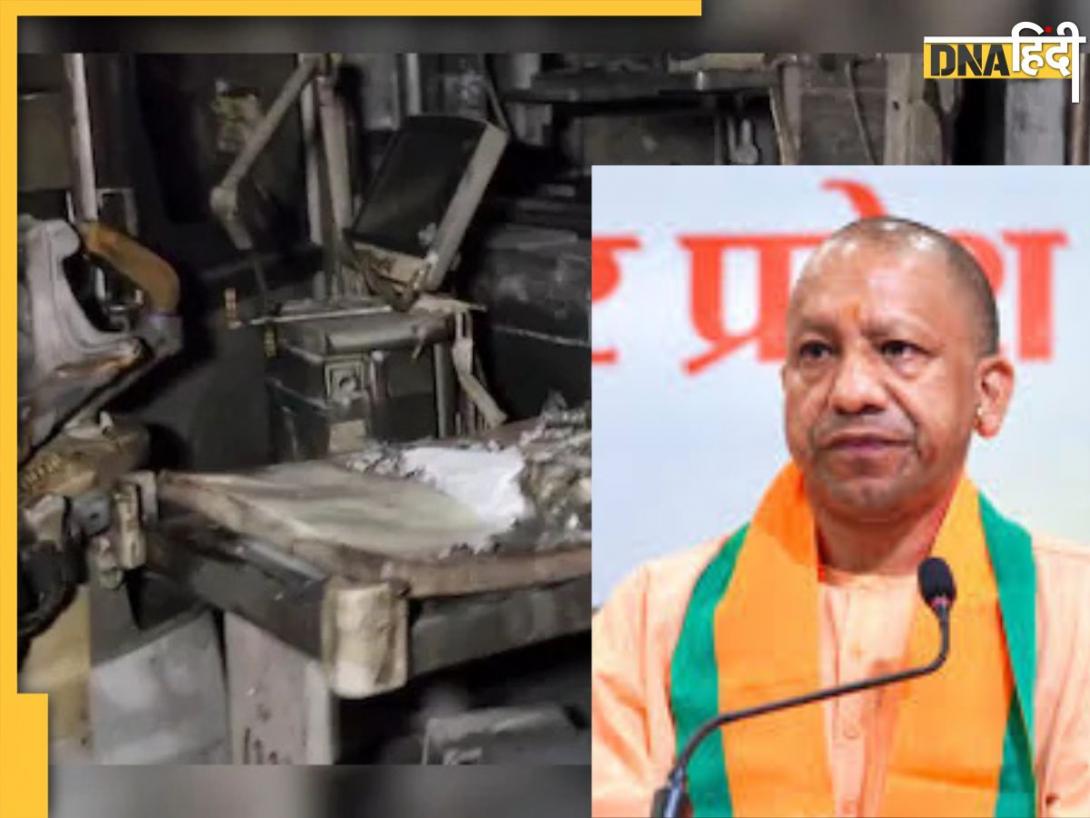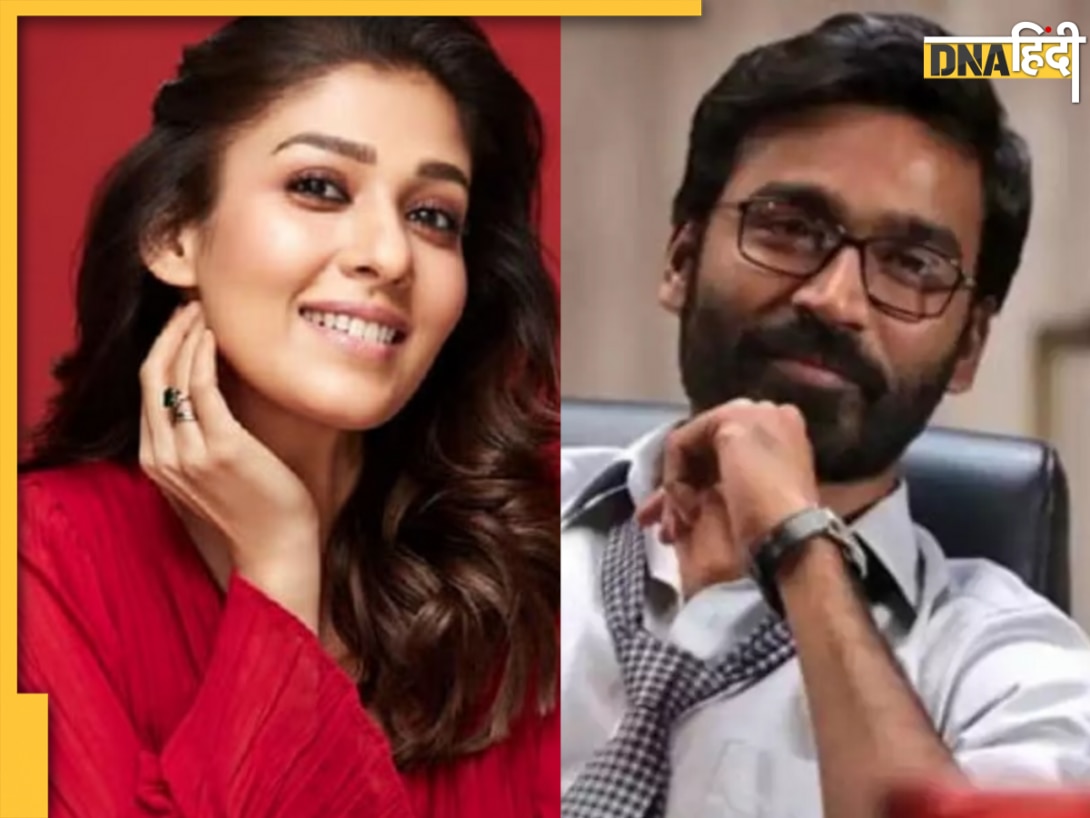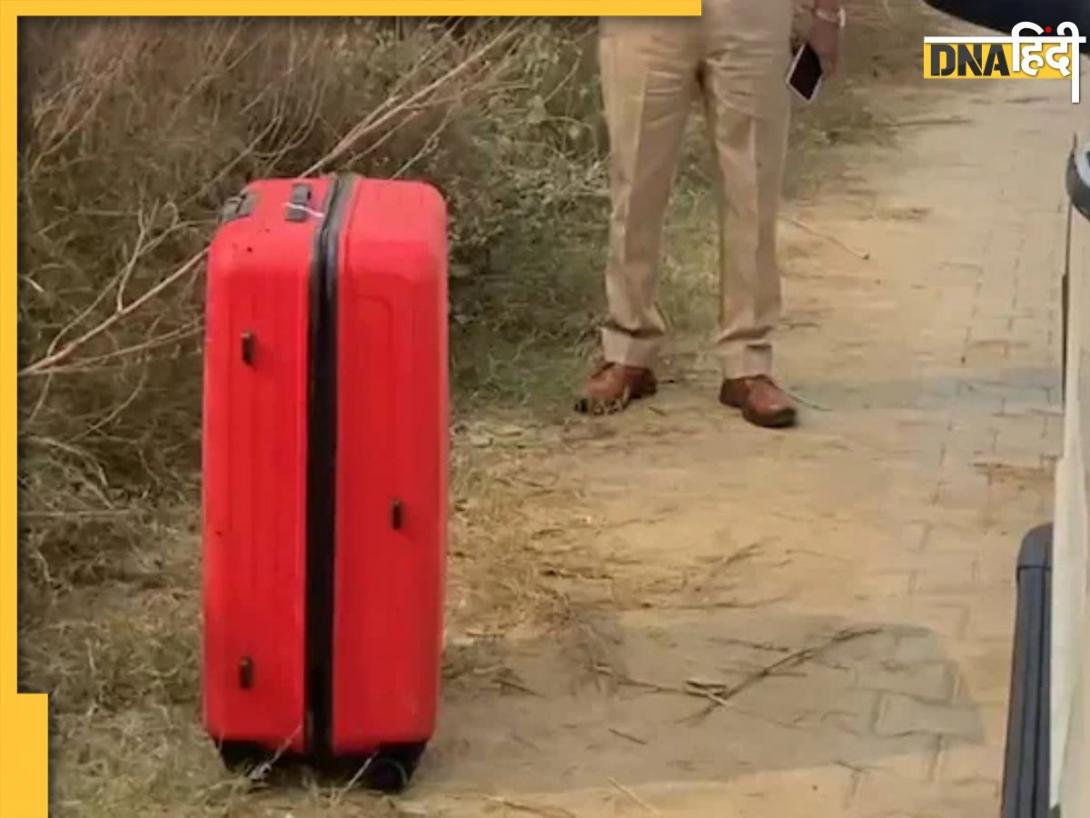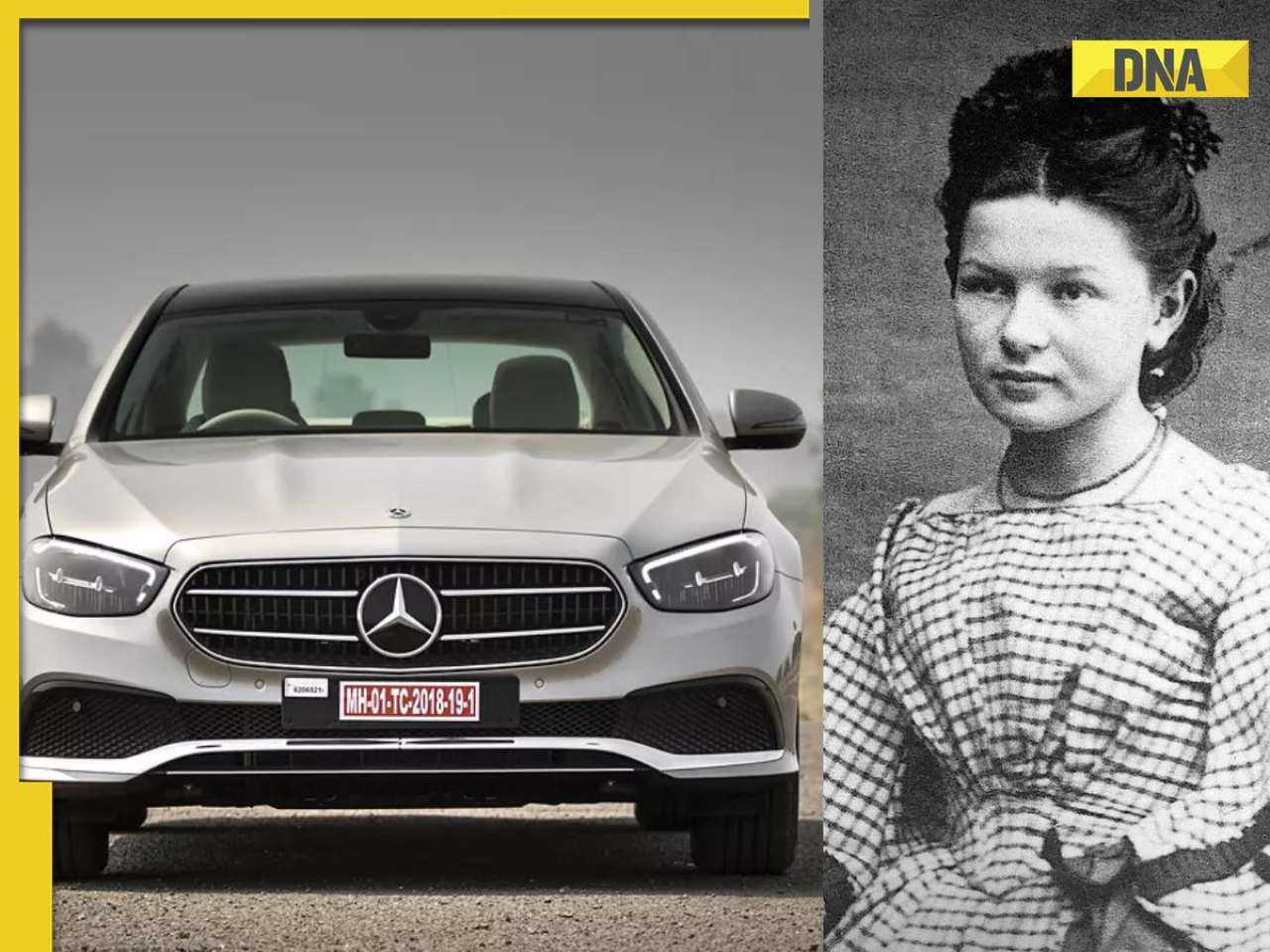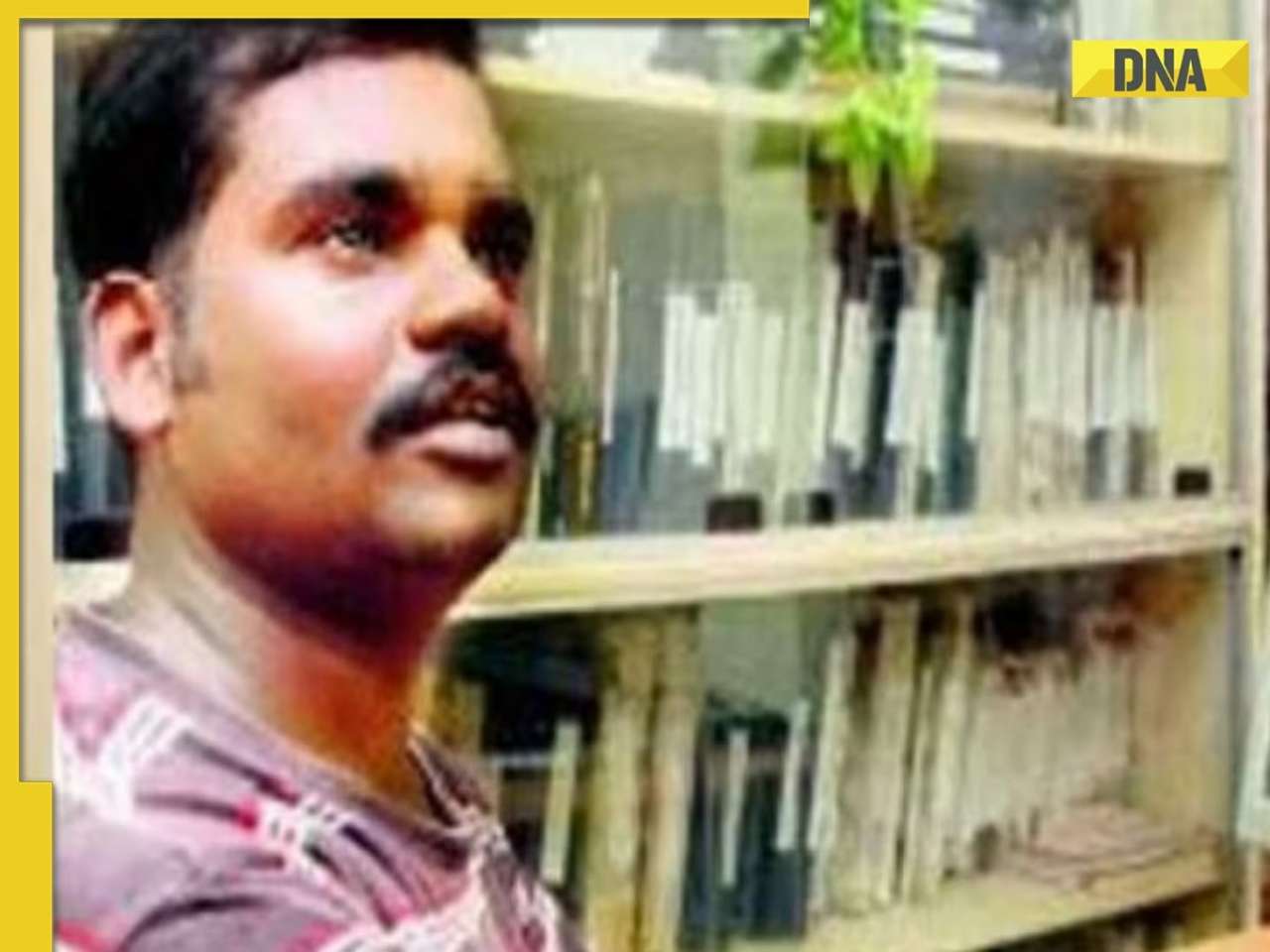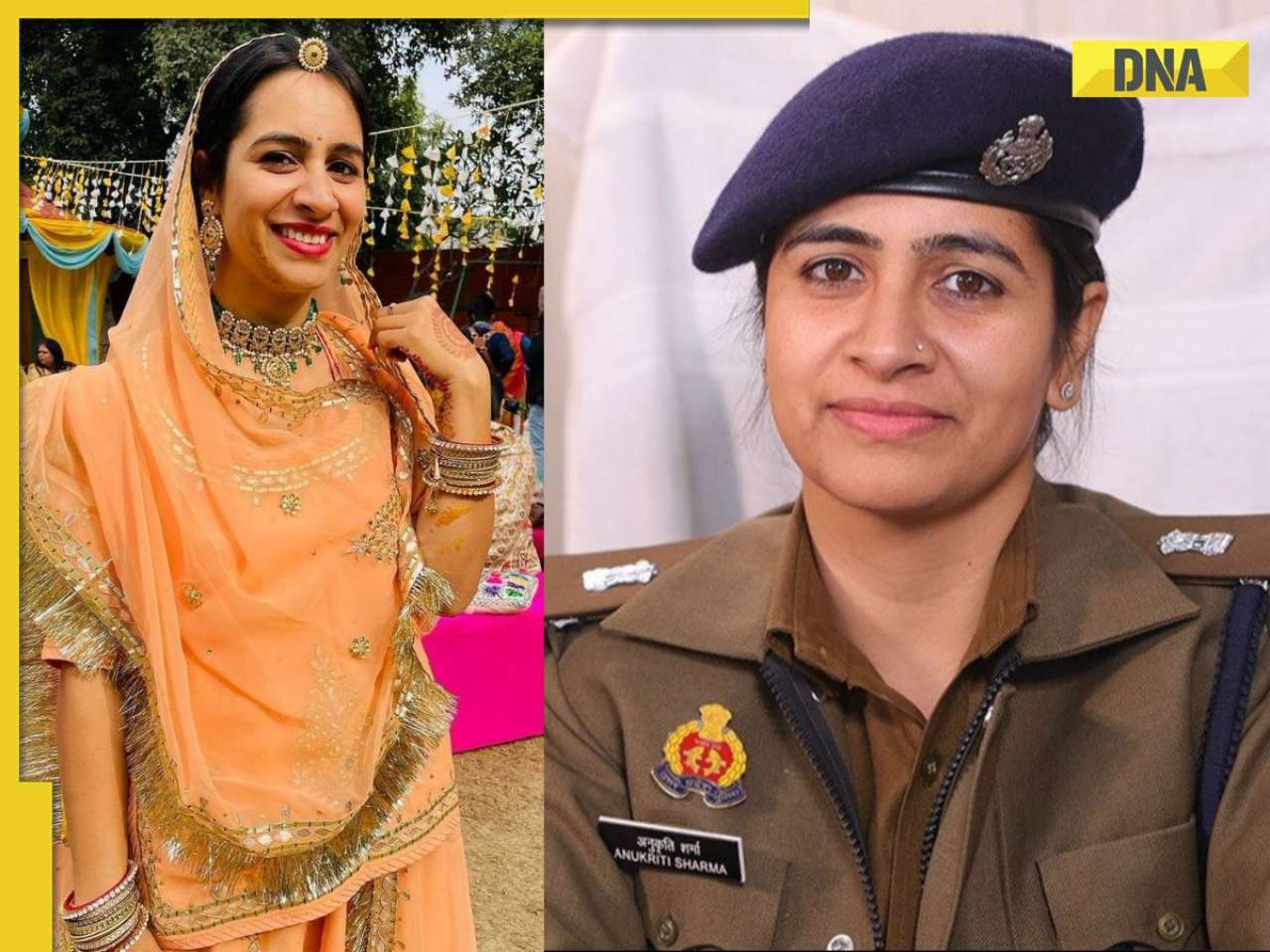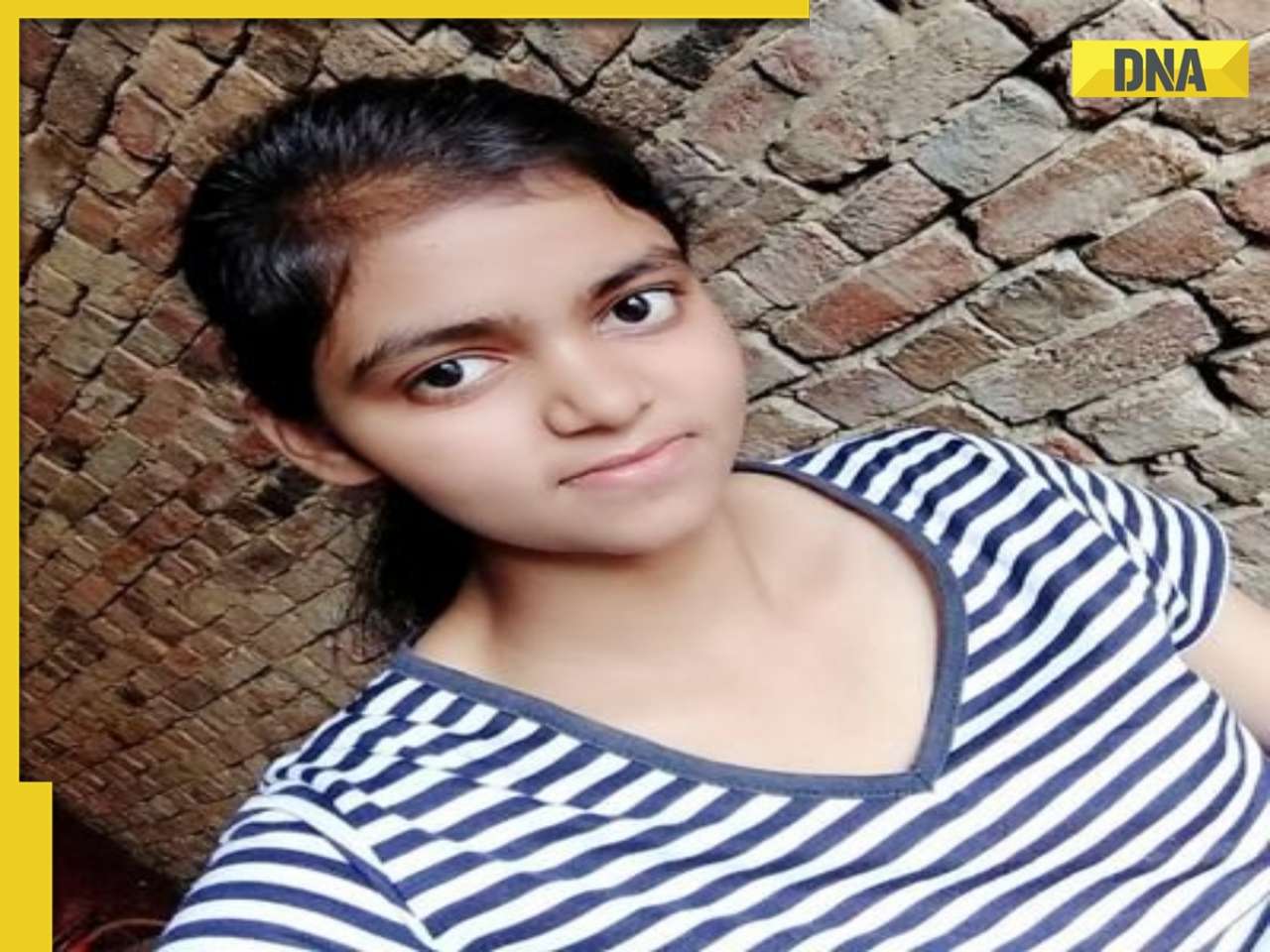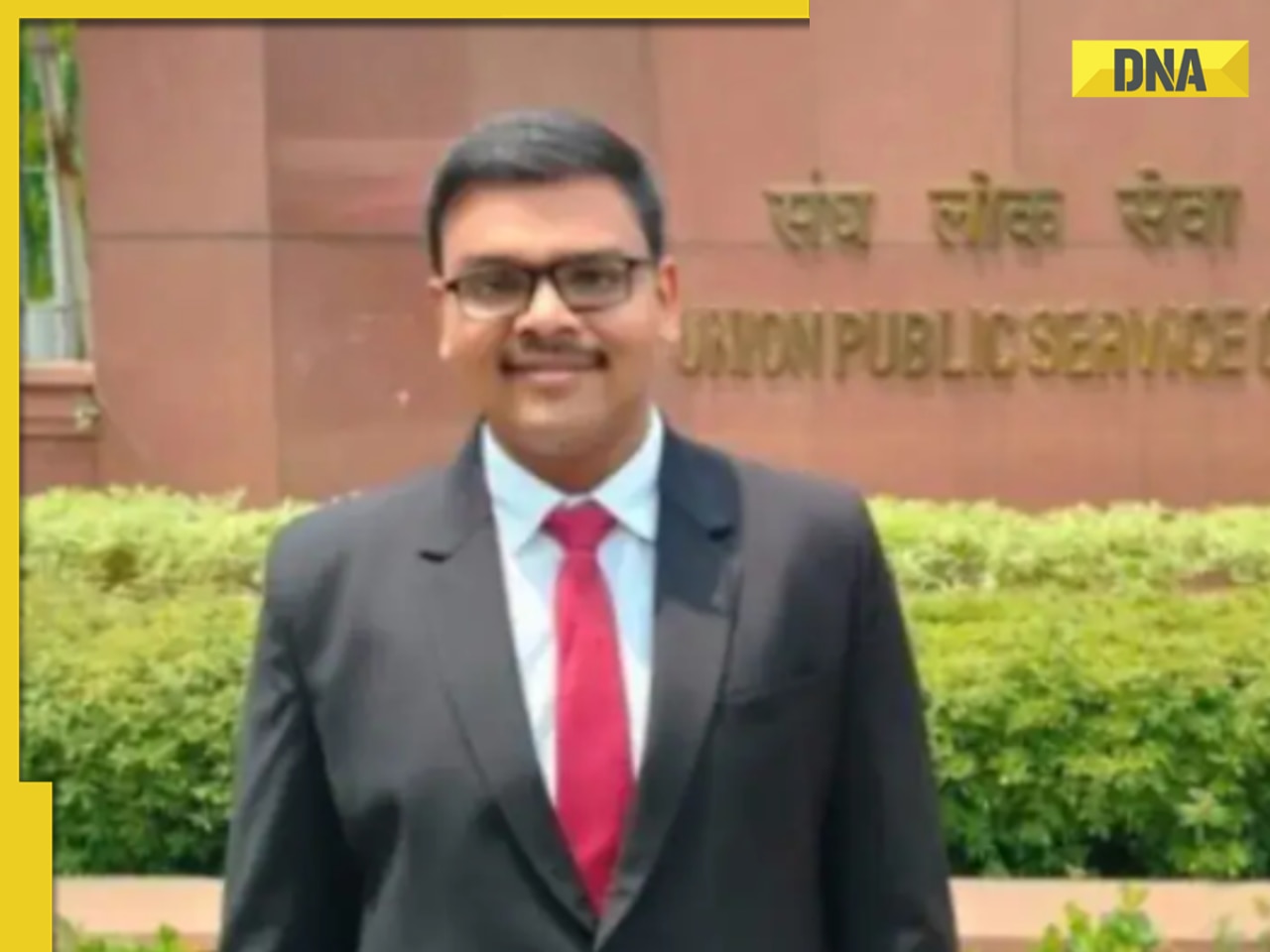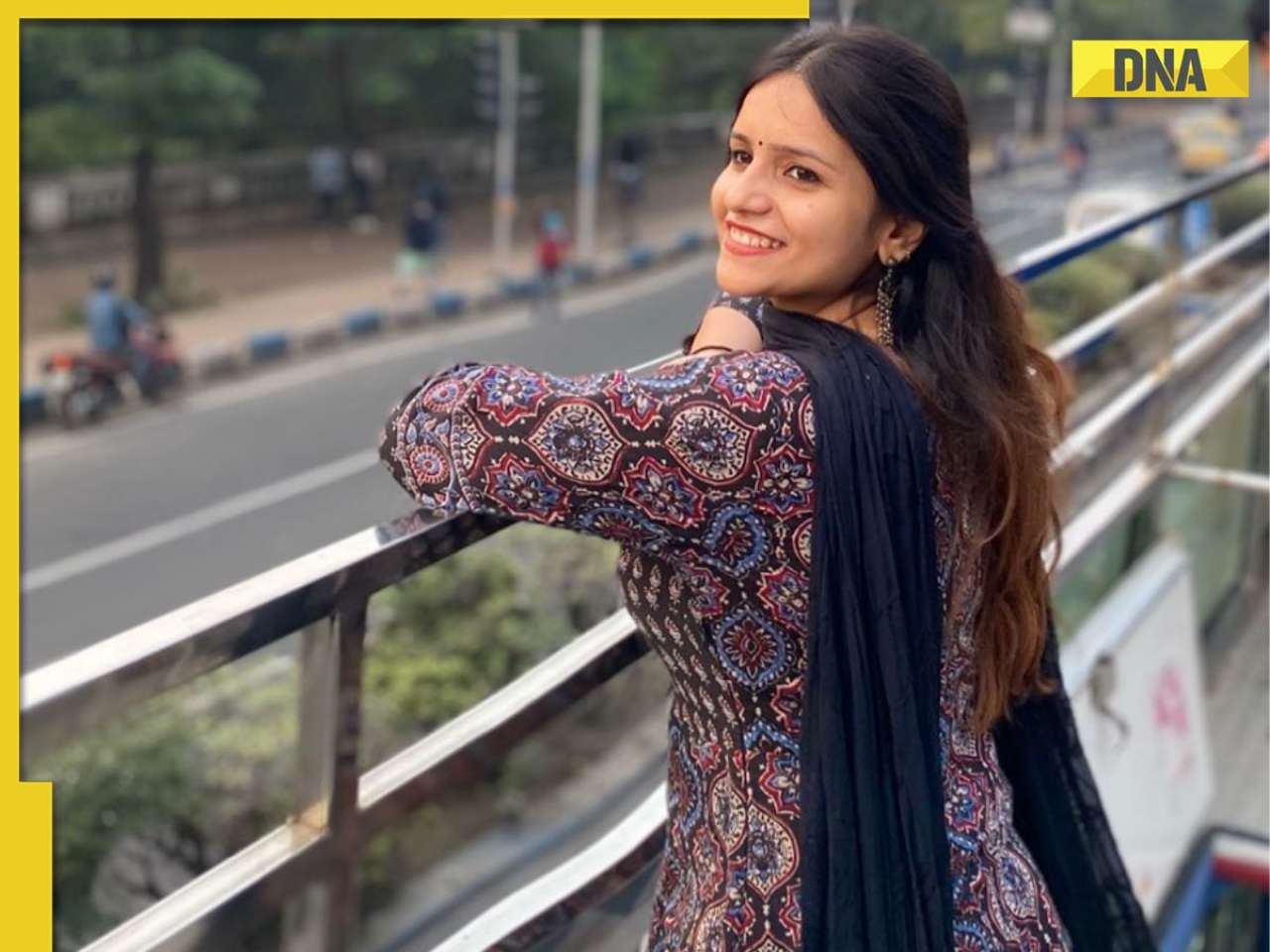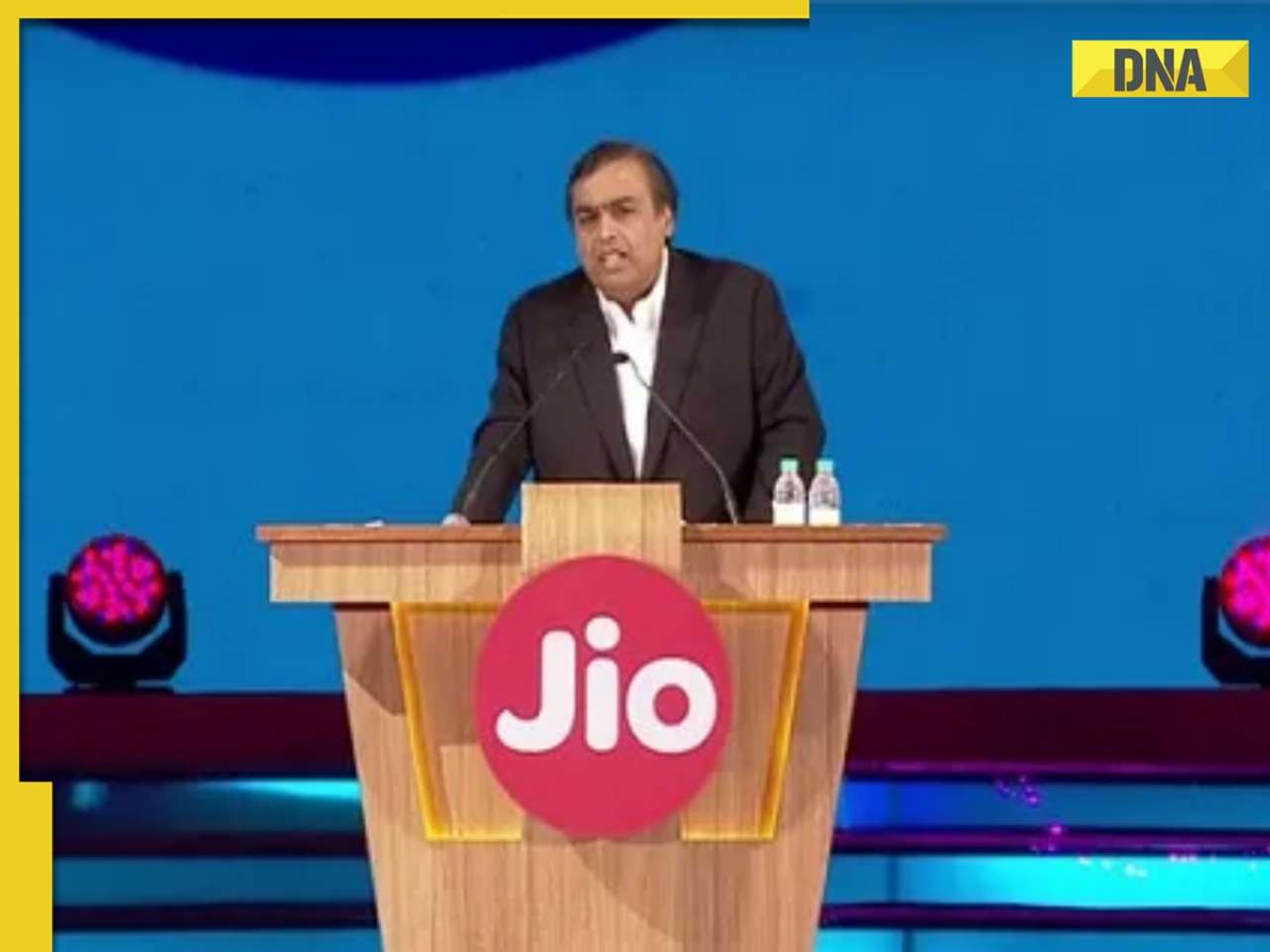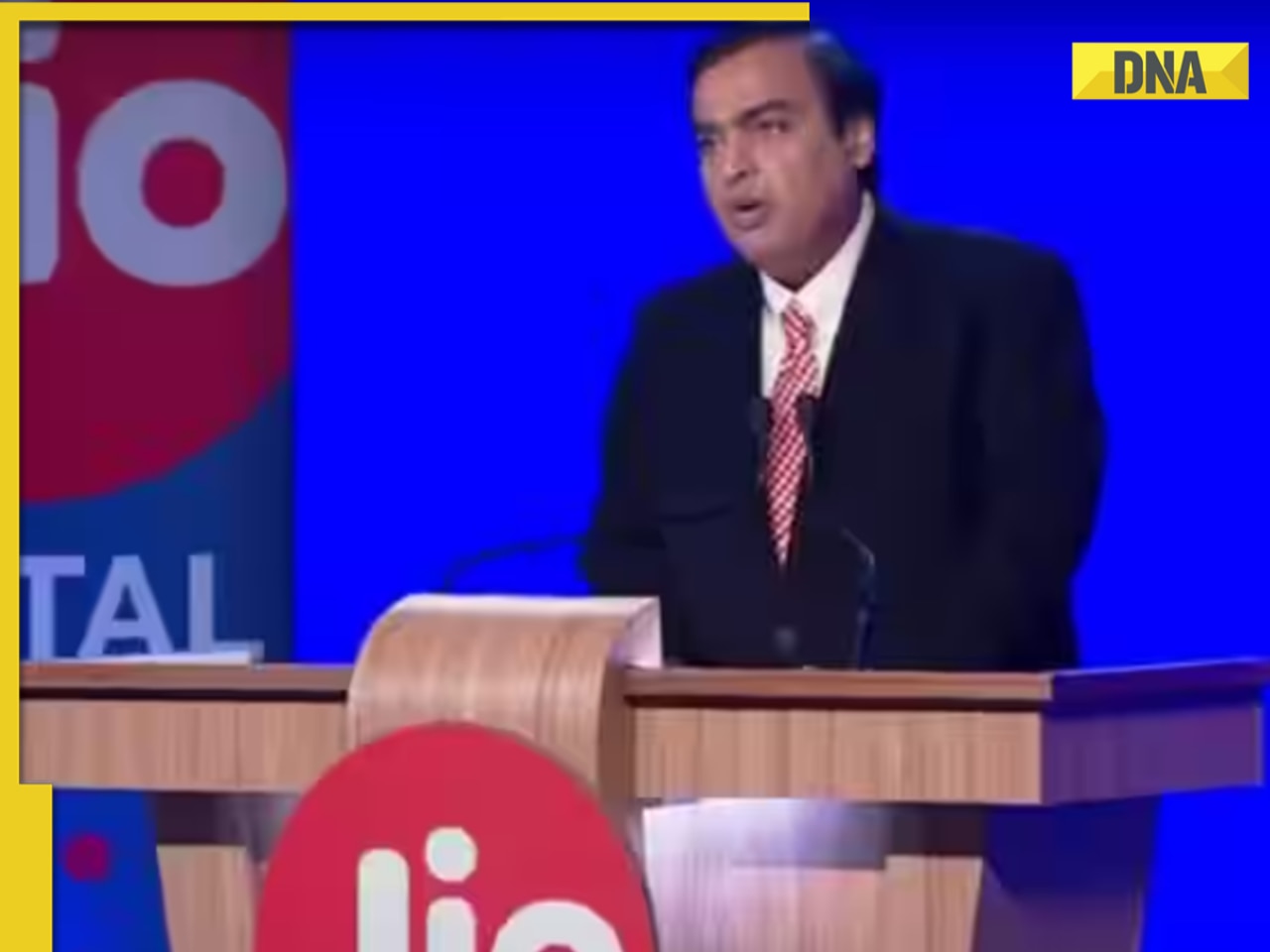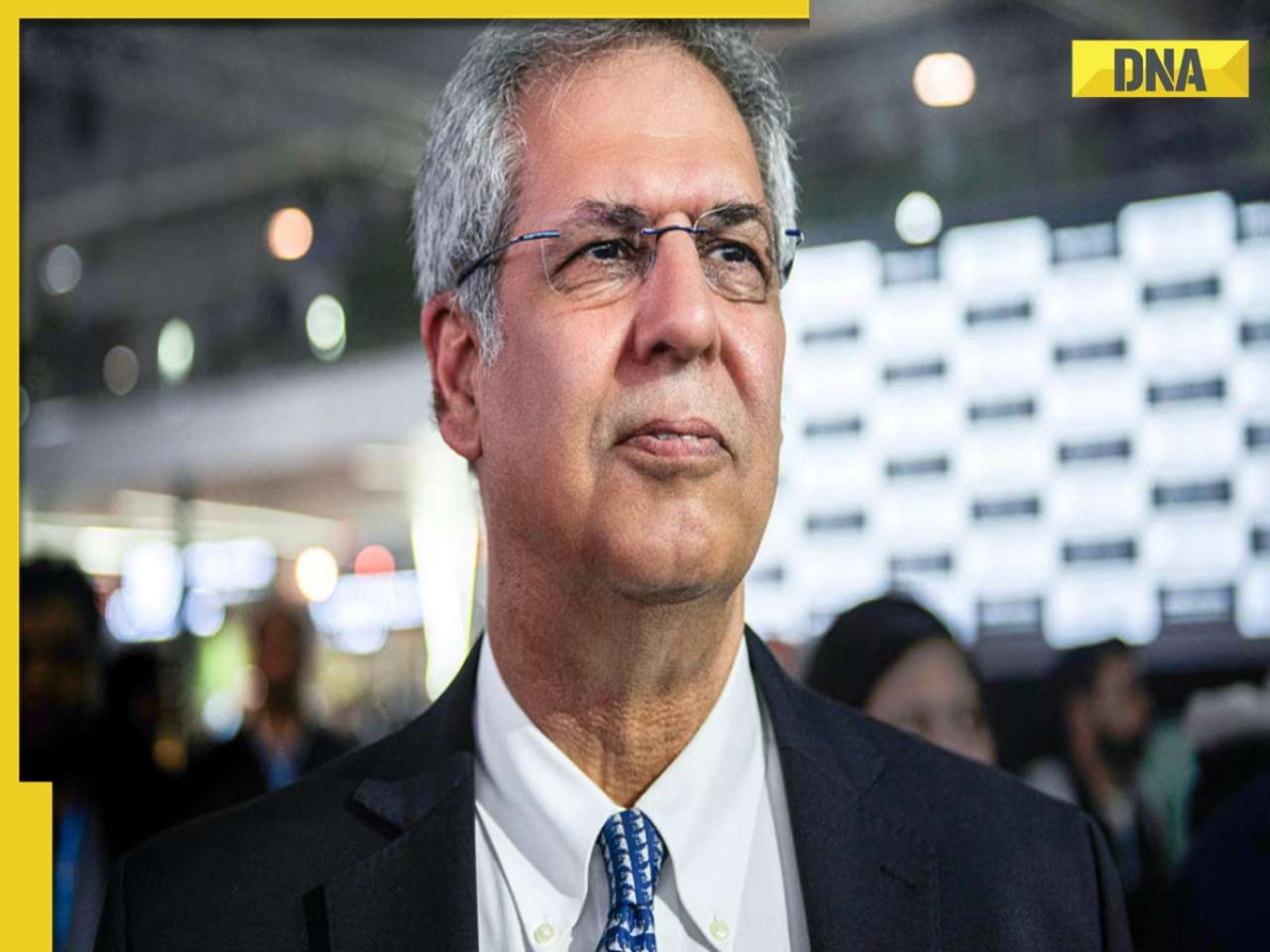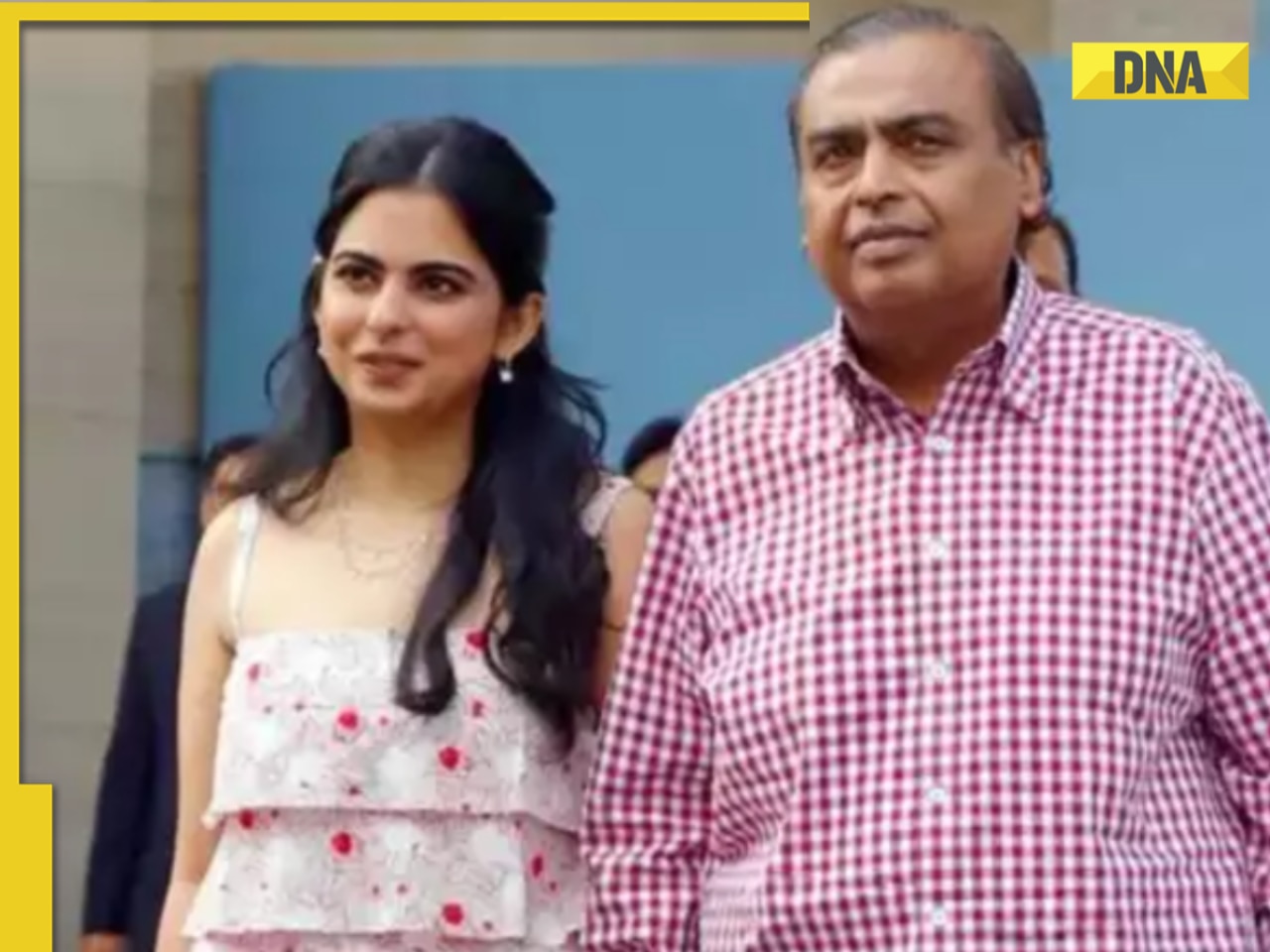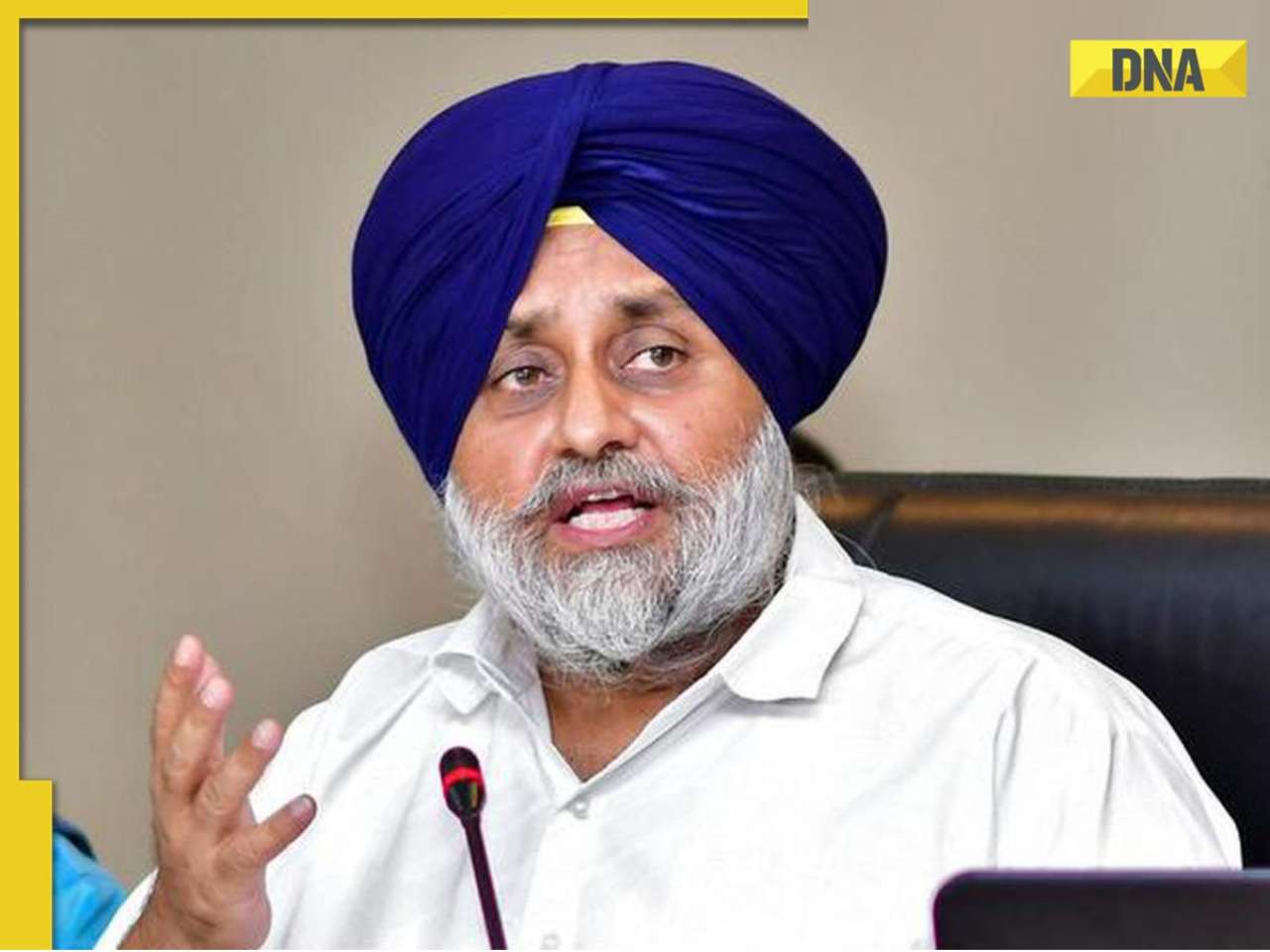- LATEST
- WEBSTORY
- TRENDING
ANALYSIS
Scoring beef, underscoring banal Hindutva: The limits of MTV’s activism
The article is an attempt to demonstrate the limits of neo liberal activism, and the still existing secular liberal politics in India.
TRENDING NOW
Recently, MTV India released a video that on the face of it is a statement of resistance to the ban on beef lately legislated in Maharashtra. While the video is well-intentioned, and adds another voice to the chorus of protests, rather than offering a radical resistance to the fascist moves of the Indian state, it merely re-inscribes the banal Hindutva of quotidian Indian life.
By banal Hindutva I mean the kind of common sense that animates daily life and which, despite its serious implications, is seen as unproblematic. Further, rather than offering a politics that privileges livelihoods, the video restricts the frame of the debate to a politics of consumerism. This article will unpack the underlying assumptions of the video and point to its various problems.
The video commences with a scene in which a nervous young man makes a phone call to a “dealer.” The word he uses, maal (goods), suggests that he is speaking with a trafficker of hashish or marijuana. The dealer proposes a meeting, where the trade of maal for money will be made. Subsequent to the rendezvous and the successful transaction, the video returns us to the home of the boys to reveal that the trade was not of hashish, but beef.
The video ends with a scene of three young men savouring sandwiches that they have made with the clandestinely purchased beef kebabs. The video has become extremely popular, gaining 2,54,086 views and 6,787 shares via Facebook at the time when this article was written. The popularity of the video apparently lies in the manner in which the circumstances normal to a transaction for hashish, a prohibited narcotic, are superimposed on to what should be a regular transaction for purchasing food.
The video makes a smashing case of lampooning how the state of Maharashtra has criminalised what should be an unproblematic act of purchasing food. By having the young man ask for beef cooked in the manner as prevalent in Goa, Kashmir, Hyderabad, the video also does an excellent job of identifying the locations that present a challenge to the attempt to create India as a Hindu homeland.
However, there is much more to the ban on beef in Maharashtra than the issue of consuming and enjoying beef. Indeed, the first problem with the video is that despite being conscious of the livelihood issues involved in the case of the ban, the producers reduce the issue to that of middle class consumption. In other words, the only right that the video celebrates is the right of the middle class to consumption and enjoyment.
The issue therefore is not of the violation of citizenship rights, but a violation of the right to consume; a rather narrow neo-liberal frame. All of this is very much in keeping with my casual observations of social media, where most of the outrage seems to have emerged from the fact that these upper class and upper caste consumers will not be able to enjoy their steak, privileging their gustatory pleasures rather than the livelihoods of those involved in the production of beef.
The video very clearly marks out the caste, class, and sectarian identities of the actors in the transaction. The boy who makes the call for beef is marked out by his wearing a kadaa –steel bangle- on his forearm. Another wears a sacred string on his wrist. These objects, along with the kind of Hindi they speak, identify them as Hindus from north Indian. The presence of posters of Che Guevara, Bob Marley and laptops, suggests that these young men are upper middle class students in the city of Bombay.
It needs to be highlighted that the entire video is shot from the perspective of these young men, i.e. of upper middle class North Indian Hindus. One can understand that this choice was perhaps a deliberate design of the producers of the video, given that it makes the clear point that it is not just the minority groups of India (Dalit, Adivasi, Muslim, Christian) who eat beef but upper caste Hindus as well.
In ensuring the centrality of these Hindu figures, however, what the video unwittingly does is efface these other groups and re-inscribe the centrality of the upper caste North Indian male in the India project.
In making this choice of protagonists, the video furthers the politics that privilege taste and consumerism alone.
Given that the demand for beef emerges from young students living outside of parental supervision, what it does is reduce the case of the consumption of beef to one of taste, that too a possibly guilty pleasure. While many Hindus do consume beef, this consumption is often done surreptitiously, outside the home, and often as an act of rebellion against familial values. Indeed, such dominant caste Hindu consumers of beef are known to ensure that a ban on beef is enforced when marginalised groups demand space for beef in public kitchens.
While these circumstances may mark Hindu upper caste life, this is not the case for all citizens of India. The demand for beef is not guided by the need for cheap protein alone; it is also guided by the fact that in addition to providing a cheap source of protein, this food type is a defining feature of the identity of many groups.
For Catholics from Goa, Mangalore, or Kerala, for example, the various ways in beef can be cooked is a part of their identity. For these groups, beef is not a surreptitious food to be consumed outside of the home. On the contrary, it is linked to fond familial and communal memories. This right to identity has been neatly effaced in the video.
Watch the video here:
If one were to try to dismiss the proposed reading of the video, one could argue that the kadaa is not worn by Hindus but essentially by Sikhs, that the sacred string is also worn by visitors to Sufi shrines, and that the third man is unmarked by any religious symbol. However, as much scholarship has demonstrated, this is precisely the way in which the ideal urban upper caste North Indian Hindu is represented without any sectarian markings. This representation is possible because all other groups are invariably identified by their sectarian symbols. In the case of the video, this contrast is starkly effected by burdening the figure of the dealer in beef with multiple symbols of Indian Islam.
The video very clearly marks out the dealer as a working class Muslim. The young man making the call clearly identifies the dealer as Mustaq bhai. This Mustaq is shown wearing an amulet around his neck, sitting in front of a kitschy poster with various symbols of Islam common in many working class Muslim establishments. Further, his class location is marked by the way he touches and adjusts his genitalia in public upon arriving at the rendezvous.
In marking this identity, the video clearly plays to the popular imagination of Muslims as producers of beef. Once again, the reality of the production of beef is much more complex. It is not just those who are denominationally classed as Muslim, but also those classified as Hindu, and others, who are involved in this production. In fact, the image of the Muslim as butcher and cow killer was one of the foundational symbols that allowed early upper caste nationalists to mobilise a Hindu community around the symbol of a sacred cow as mother and deity.
Despite this complexity, the video chooses to represent a Muslim as the dealer in beef. In doing so, rather than contesting the politics of aggressive Hindutva embodied in the ban, the video underlines the banal Hindutva that sees Muslims as butchers. Further, in giving the character of Mustaq the title bhai, placing the Muslim in the role of the dealer of a prohibited substance, the video draws on a criminal history of Bombay; i.e. the presence of gang lords some of who, such as Dawood Ibrahim and Chotta Shakeel, happened to be Muslim.
Bollywood played its role in convincing the Indian populace that such men are addressed as bhai. As a result of this link, the only representational space that is offered to Mustaq is that of someone who exists outside the law, not because he is forced to do so by the existence of a law, and state practice, but because this is the way that he prefers it. The video from MTV makes sense only because it employs these multiple notions of the Muslim as deviant, and disrespectful of the normative culture of the Indian state.
This nexus between deviance and anti-national behaviour is compounded by the fact that the video lingers on the fact that the kebabs are wrapped in an Urdu newspaper. There is a long history of strains of Indian nationalism projecting Urdu as a Muslim language. Once again, rather than challenge the problematic assumptions of banal Hindutva, the video only reinforces these assumptions that have led not only to the near-death of the Urdu language but the very real killing and brutalising of thousands of Muslims in the country.
Viewed in light of this discussion, it appears that contrary to appearances, the video seeks not so much to protest as to generate laughs. While humour can very often be an effective tool of resistance, perhaps the case of banning of beef requires more than just the generation of laughs. Further, if we are to ensure that the foundational violence of our societies is not reproduced, the route through which humour is generated must also be given serious thought. No such awareness seems to feature in the video.
In choosing to make the transaction between a Hindu and a Muslim, the video follows the time-tested politics of Indian secularism, and communalism, where the central crisis of the country is seen as the need to manage relations between these two groups. These groups are presented as if they are without internal diversity, and as if other groups do not exist. Thus, if broken down to basics, in presenting urbanised upper caste North Indian as protagonists, the video effaces the presence of a variety of non-Hindu groups, and uses the figure of the Muslim only as a criminal making a quick buck.
While there is no clear assertion of a revolutionary figure in the video, the mere fact that the plot follows the desires of these young men seems to suggest that in violating a bizarre law, they are the proto-revolutionaries of our age. This proto-revolutionary possibility is underlined by the overwhelming presence of images of Che Guevara and Bob Marley in their room. Once again, therefore, we are back in the realm of the Hindu upper caste subject as the revolutionary who leads India to justice. Banal Hindutva is never far from asserting the centrality of the Hindu to the Indian national project.
To wrap up this discussion, the video suggests that in the case of the ban on beef, livelihoods are not an issue; after all, the Muslim seems to take to operating in a black market in his stride and without any problem. Thus, the video perpetuates an idea of Muslim criminality. The emphasis is on the upper caste, class and Hindu enjoyment of the meat. While MTV probably thinks it is being radical in making a statement about Hindus wanting beef, it fails to realise that it is re-inscribing the centrality of the Hindu to the Indian state. In sum, what MTV offers is a politics of consumerism, rather than a politics of economic and cultural security.
Before I conclude there is one last argument that I would like to make. I received a number of responses to the initial critique of the video that I posted on Facebook. One response read, “You are over-thinking the issue! It is only a video from MTV!” I suspect that this article will now receive many similar responses. My argument should not be seen as a dismissal of the video, but an attempt to demonstrate the limits of neo liberal activism, and extant secular liberal politics in India.
I would argue that it is precisely because the video is from MTV that it reveals to us the common sense of dominant segments of Indian society, i.e. urbanised, upper middle class and upper caste Indians. The howls of protest would also indicate that we live in a society that is not only incapable of appreciating, but opposed to, deep readings of narratives. We prefer to remain at the level of the immediate. I am not arguing that the reading that this article provides is the only possible interpretation of the video.
On the contrary, a number of readings are possible. What bothers me is the response that seems to demand a simplistic take on life and suggests that there is nothing more to the video than what appears superficially. In other words, we are faced with the insistence that we dumb down the debate and prevent alternative readings. It is this popular demand for censorship that is most worrying and indeed provides the basis for the rise of fascism in contemporary India. At the end of the day, it is this refusal to develop complex readings of our society, history and politics that marks banal Hindutva, and is allowing for the contemporary emergence of aggressive Hindutva embodied in the ban on the production and sale of beef.
Jason Keith Fernandes is a post-doctoral scholar at the University Institute of Lisbon.
Also Read: Beef ban likely to affect Maharashtra's agrarian economy
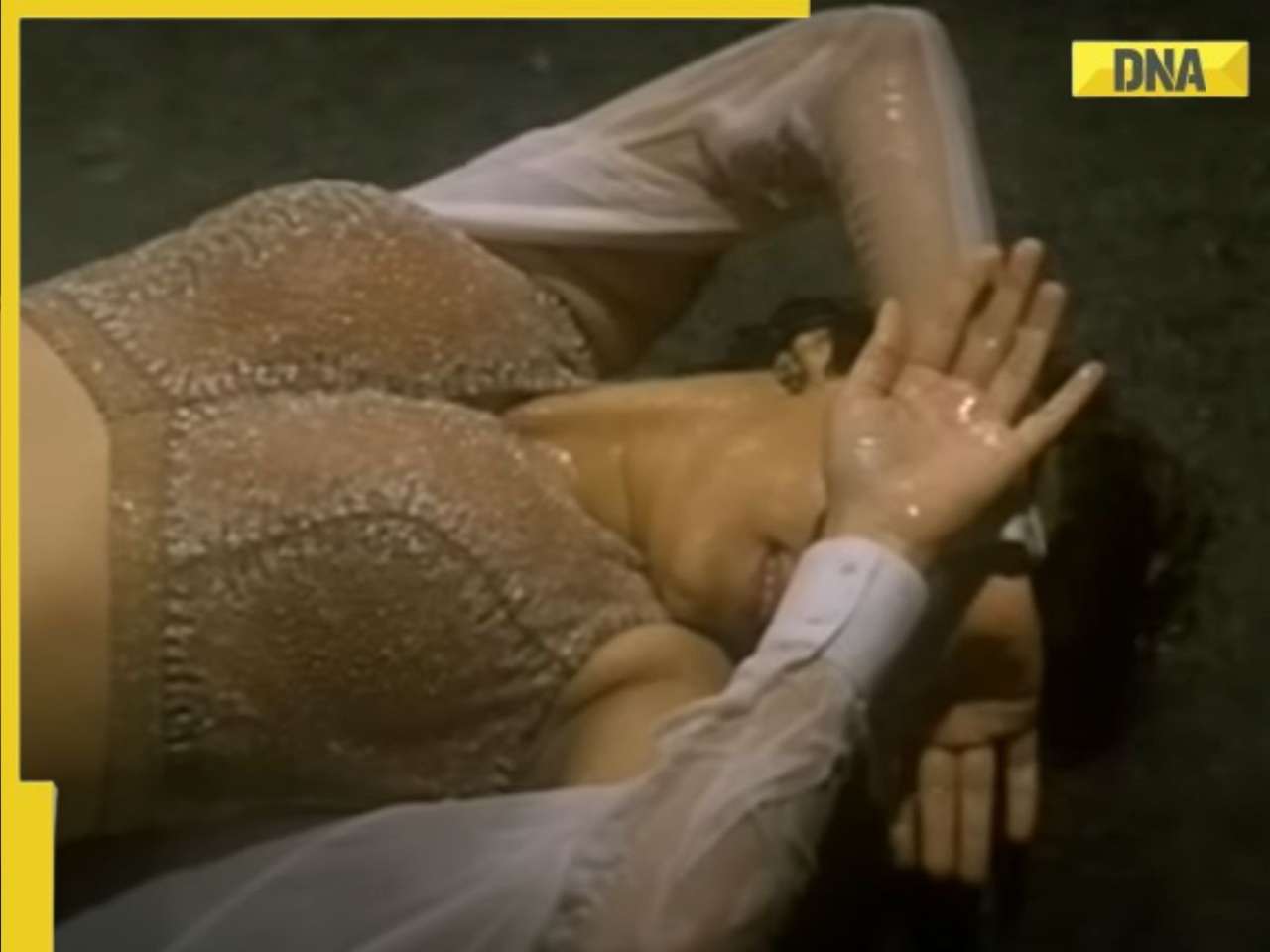
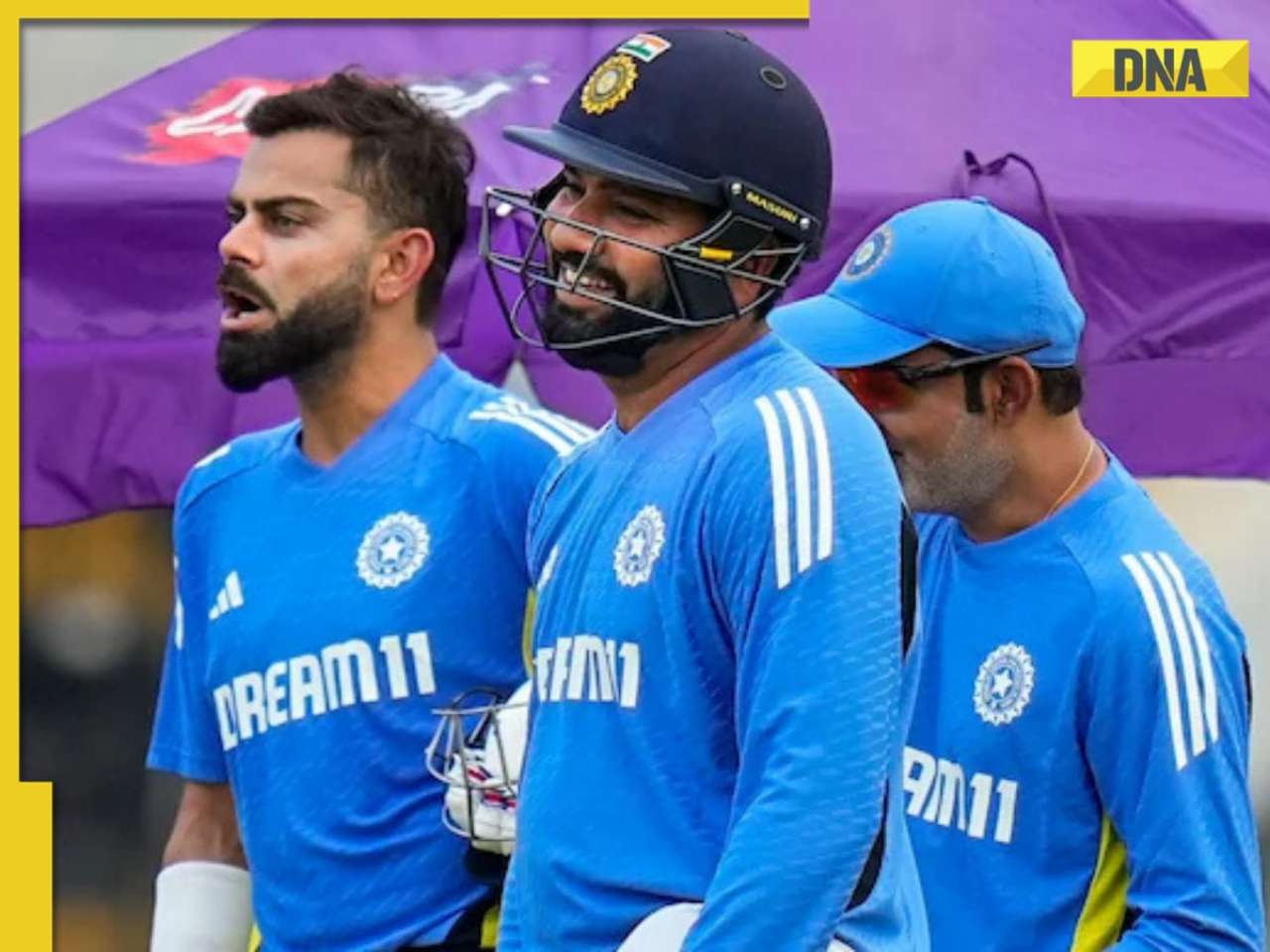
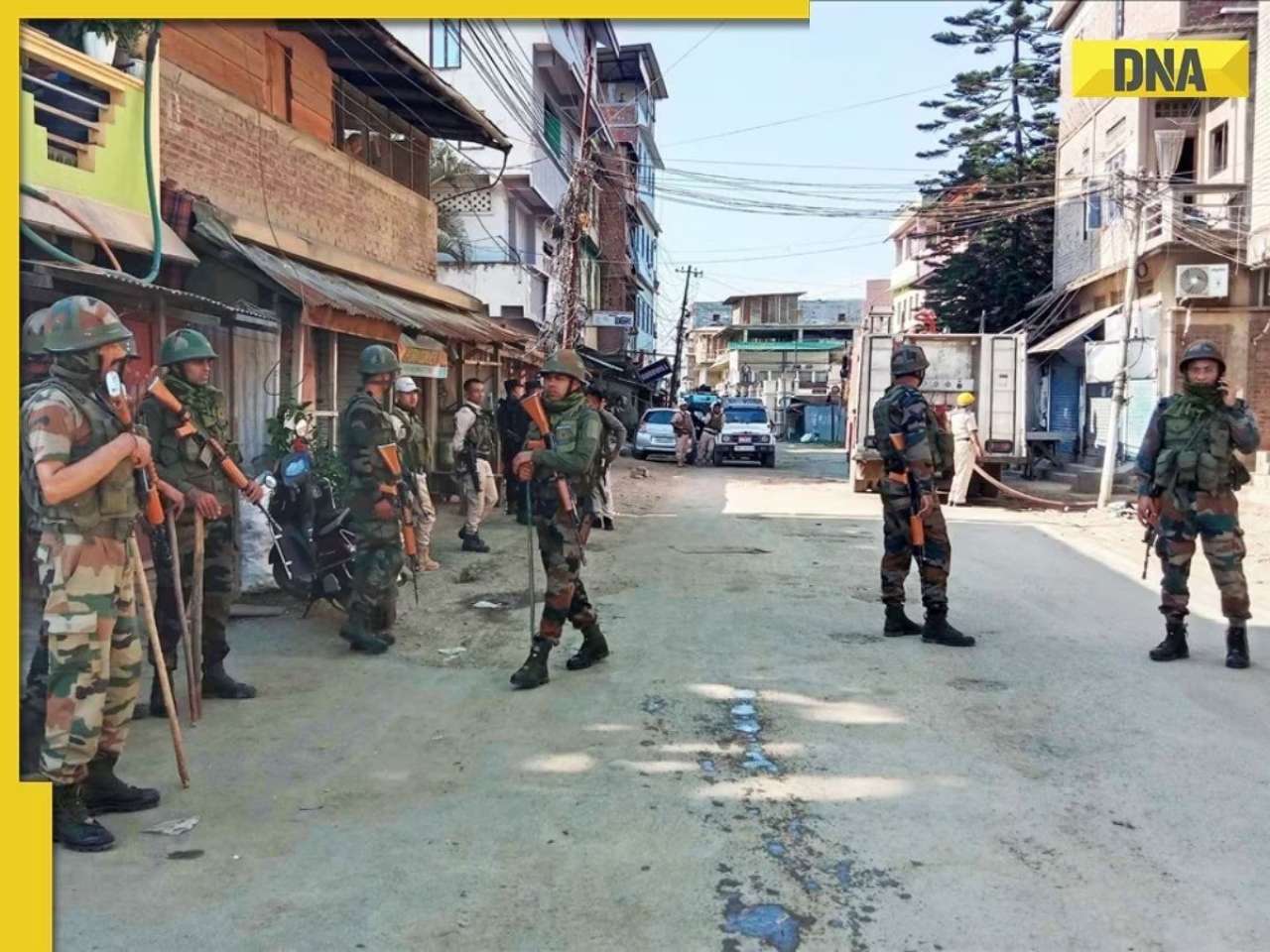




)
)
)
)
)
)
)
)
)
)
)
)
)
)
)
)







